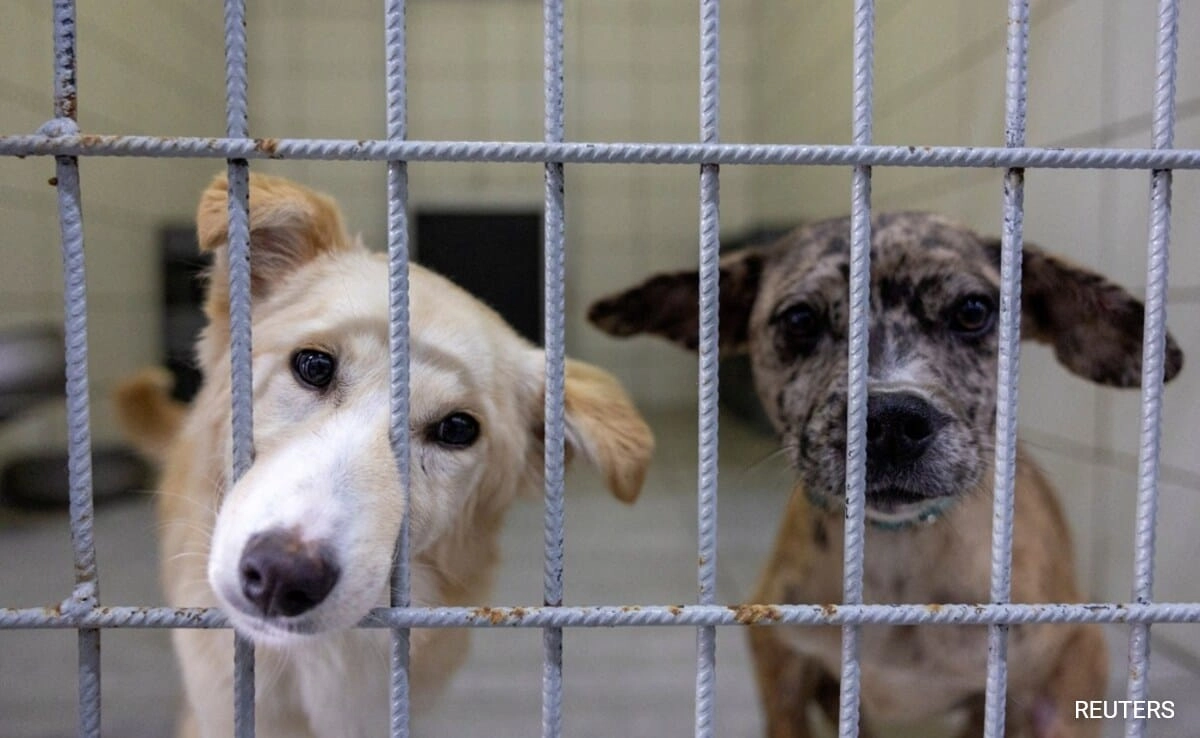In a recent ruling, the Supreme Court addressed a significant issue concerning the treatment of stray dogs, deeming an earlier order prohibiting their release as “too harsh.” The case has garnered attention not only for its legal implications but also for the ethical considerations surrounding animal welfare. The Court recognized that while there is a need for managing the stray dog population, the approach taken in the previous order was excessive and failed to consider the broader context of animal rights and public safety.
The ruling reflects a growing awareness of the complexities involved in managing stray animals. Stray dogs often face dire conditions, including hunger, disease, and aggression from humans. The Supreme Court’s decision highlights the necessity of finding a balanced solution that addresses public concerns while also ensuring humane treatment for the animals involved. The Court emphasized that any measures implemented should be guided by compassion and a commitment to animal welfare, rather than punitive actions that could lead to further suffering.
Moreover, the ruling opens the door for alternative strategies that could be more effective in managing the stray dog population. These alternatives may include initiatives aimed at promoting responsible pet ownership, spaying and neutering programs, and community education about the importance of treating stray animals with kindness. By fostering a collaborative approach involving local governments, animal welfare organizations, and the community, the potential for creating a more humane environment for both people and animals increases significantly.
In conclusion, the Supreme Court’s decision to reconsider the prohibition on the release of stray dogs is a progressive step towards a more compassionate approach to animal control. It underscores the importance of finding a balance between public safety and the welfare of stray animals, recognizing that effective management must involve humane solutions. As society continues to grapple with the complexities of animal rights and welfare, this ruling serves as a reminder of the need for compassion and understanding in addressing these challenging issues.




